Watering Can
Choosing Watering Cans For Gardens: Different Types Of Watering Cans
The informed gardening community has favorite watering cans much as many of us have a favorite pair of clothes or a favourite way to fold towels. Each choice offers a little different watering experience and is as unique as those jeans. Different watering can designs can serve particular purposes in the landscape and home. Continue reading for a detailed analysis of watering cans and their various designs.
Watering Cans of Various Types
Necks and nozzles. Who knew these had such a significant role in the world of irrigation? Watering cans come in a variety of shapes and sizes, with various neck lengths and neck diameters as well as a variety of useful nozzle designs. Each is designed to meet various plant requirements. The design you select is determined by the size of the plants and the water delivery strategy required. You can choose the gadget to buy with the aid of some advice on when to use a watering can with particular design elements.
Metal or plastic
Metal and plastic are the two most fundamental materials for watering cans. These watering cans are made of plastic, which is typically less expensive and not as sturdy, but they are lightweight and convenient to carry. Metal containers survive longer if they are galvanized and rust-resistant. These could be a little more difficult to transport, but thanks to their toughness, you can keep using the same watering can for the duration of your garden.
There is no right or wrong decision, but off-gassing should be taken into account. When watering edibles, you should be aware that plastic cans can contaminate your water. Any of these garden watering cans should work just as well in any other case.
Size and handle position
Another problem is size. You need a small man if you’re utilizing watering cans for simple tasks like softly watering under the leaves of an African Violet. Select a heavier tool for larger tasks in the greenhouse or garden so that you may avoid making many journeys to the hose bib.
It might appear strange to be concerned with the size and length of a watering collar, but think about the many plant species you will be watering. An extended, slender neck is ideal for getting under the leaves of African violets, for instance. Additionally handy for hanging baskets and other difficult-to-reach areas are longer necks. Shorter necks provide stability without much dripping and are sufficient for most overhead watering.
Another factor to take into account would be where the handle is located. Check whether it is pleasant to pour while holding the can. Different watering can models will function differently. For older gardeners or kids who can easily balance the can with both hands, a double-handed variant can be handy. Knowing what kinds of plants and circumstances you’ll be utilizing the can with can help you decide which parameters are appropriate.
Sprinkler connection
A rose is not just a rose, as the saying goes. The sprinkler attachment, often known as a rose or rosette, is one of the watering can’s most crucial components. When to use a watering can with particular spray spouts if you don’t have an adjustable spray rosette.
Some garden watering cans have a thin spray that softly disperses water. These are helpful for sensitive plants and specimens that have just sprouted. To deliver water quickly, you need remove the rose at the end of the spout. This helps to clean the spout if it becomes clogged.
Rosettes that are adjustable are amazing. You can water your plants vigorously or gently, but the rosette uniformly distributes water throughout the soil’s surface so that all of the roots are reached.
It may be necessary to keep a smaller, long-nozzled watering can and a larger, more ergonomic one with an adjustable rose nearby if you use watering cans in a variety of ways. In this manner, you have a can that is appropriate for every use and have covered all your bases.
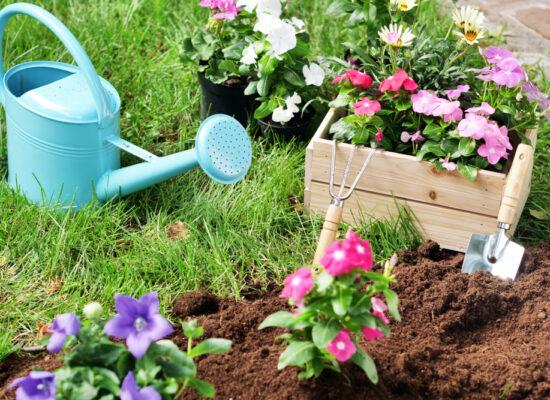
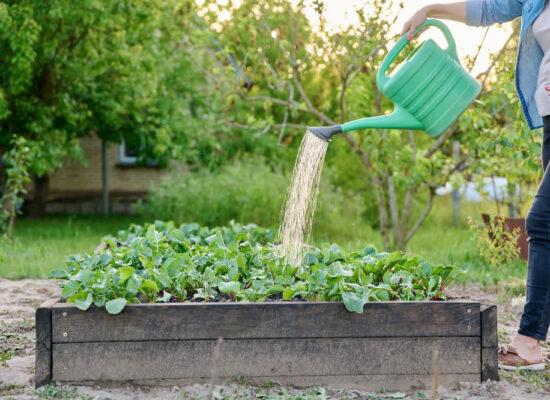
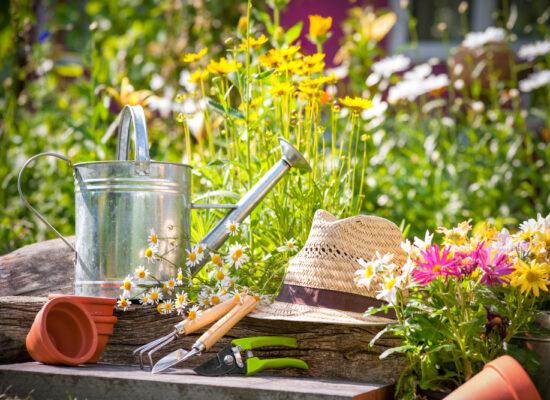
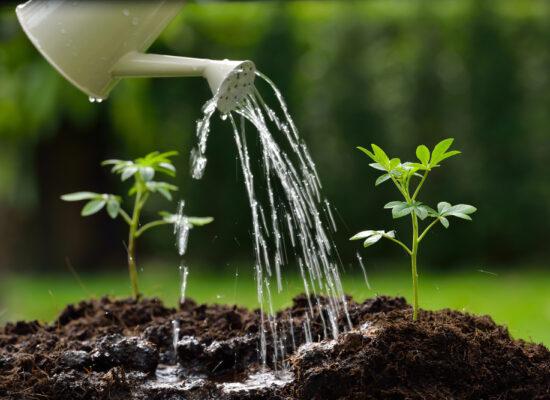
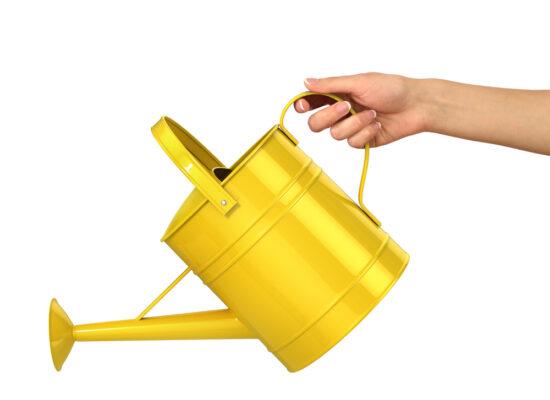
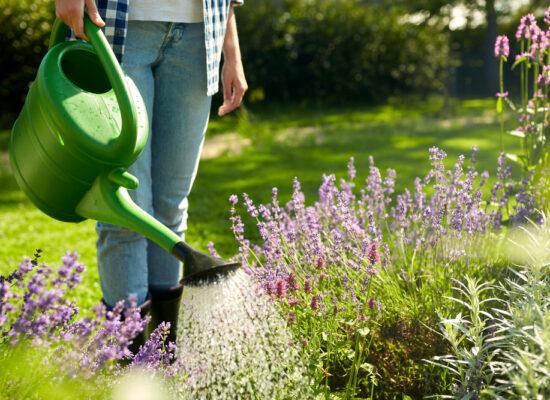
© Arbemu. All rights reserved